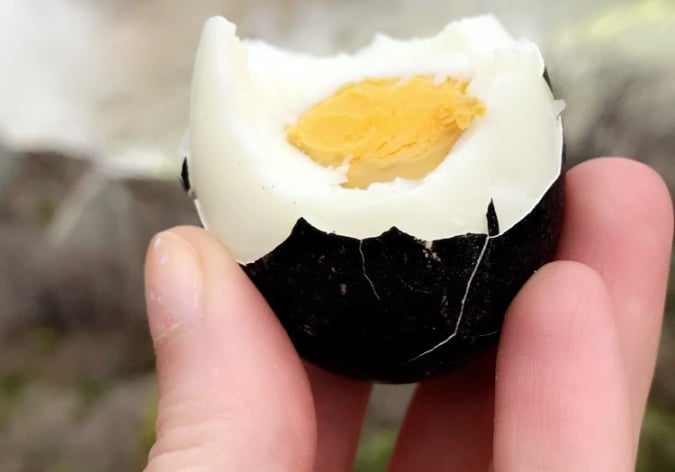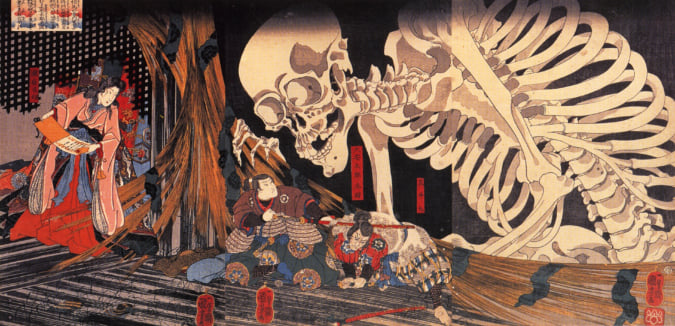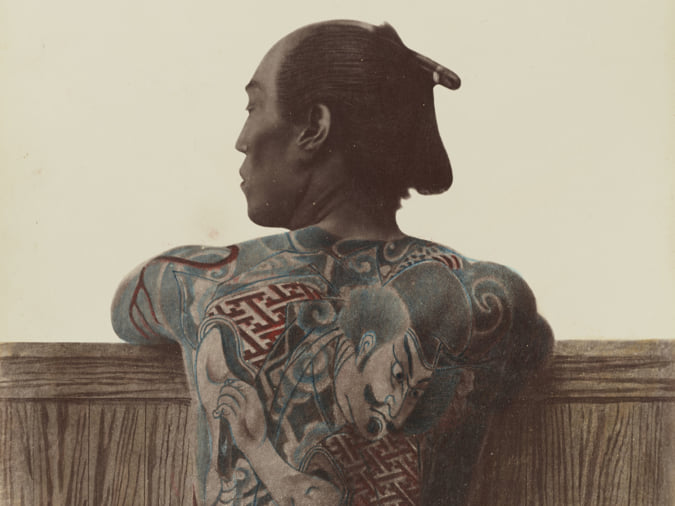Recipe for Mapo Tofu by Tim Anderson
The American chef proposes a vegetarian version of this recipe from Sichuan, in his latest book ‘Vegan JapanEasy’.
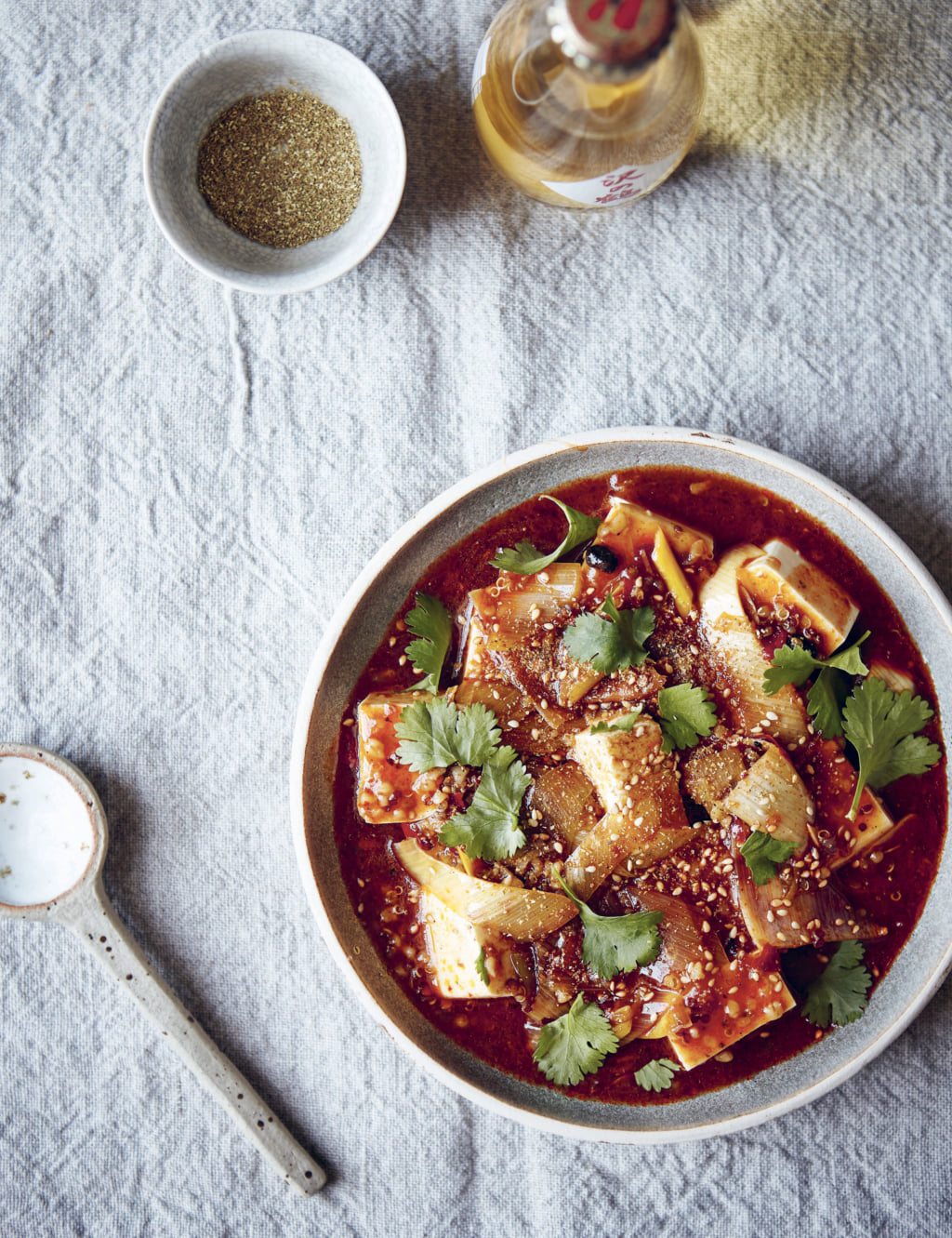
‘Vegan JapanEasy: Classic & Modern Vegan Japanese Recipes to Cook at Home’ by Tim Anderson © Nassima Rothacker
Mapo tofu is a classic recipe that originates from Sichuan, a province in Southwest China. This family dish has crossed the border to arrive on Japanese tables in a version that’s sweeter and far less spicy. Chef Tim Anderson proposes a version that remains true to its Chinese origins but without pork, in his book Vegan JapanEasy: Classic & Modern Vegan Japanese Recipes to Cook at Home.
‘I tried many recipes, including several vegetarian versions, but I kept coming back to the classic pork version. Which was a shame, because mapo tofu is so nearly vegan and I felt the pork wasn’t necessary,’ the chef explains. After several experiments, he managed to find the key ingredient to replace pork: freekeh, an oriental green grain.
In his different recipe books, Tim Anderson almost exclusively selects recipes with ingredients that can be easily found in a normal supermarket. In this recipe, he notes that two of the ingredients can prove difficult to find: preserved black beans and doubanjiang, a salty bean paste. ‘The preserved black beans can be omitted if you can’t get them, and doubanjiang can be replaced with miso, but you’ll have to add a bit more chilli to give your mapo tofu the requisite kick,’ the chef explains.
Tim Anderson is an American chef who won the 2011 series of MasterChef UK. Having graduated in 2006 from Occidental College in Los Angeles, where he studied the history of Japanese cuisine, he then lived in Japan for two years, in Fukuoka. He now lives in London, where he runs two Japanese restaurants: Nanban Brixton and Nanban Central. Vegan JapanEasy is his latest book, following Nanban, JapanEasy and Tokyo Stories.
Serves 4
Ingredients
2 packs (600–700 g) firm or extra firm silken tofu, cut into 2.5-cm cubes
100 g plump whole grains, like freekeh, buckwheat or pearl barley
1 ½ tablespoons Sichuan peppercorns
4 dried red chillis, or 1 heaped teaspoon dried chilli flakes
4 tablespoons vegetable oil
1 birds-eye chilli or other strong chilli (quantity to be modified as desired), chopped
10 g fresh ginger (peeled weight), finely grated
1 leek, halved and cut into 5-mm slices
1 tablespoon preserved black beans (optional)
80 g doubanjiang (Sichuan chilli bean paste)
1 ½ tablespoon caster sugar
50o ml dashi
1 tablespoon sesame oil
1 ½ tablespoon cornflour, mixed with a little water
Mushroom ketchup and/or soy sauce (to taste)
Small handful of coriander, roughly torn
Toasted sesame seeds, to garnish
Generous amount of sansho pepper (to taste)
Method
Bring a pan of salted water to a simmer, add the tofu and poach for 10 minutes. Remove with a slotted spoon and transfer to a tray to air-dry. Return the water to the boil and add the grains. Cook until al dente. Drain well and set aside.
Toast the Sichuan pepper and the dried chillis in a dry frying pan on a medium-low heat until aromatic, then remove. Leave to cool, then grind to a coarse powder in a spice grinder or with a pestle and mortar.
Add the oil to the frying pan and put over a high heat, then add the bird’s-eye chilli, garlic, leek, black beans, and cooked grains. Fry until the leek softens slightly, then add the doubanjiang or miso, caster sugar, and ground Sichuan pepper and chilli mixture. Cook for a few minutes, stirring often.
Add the dashi and sesame oil. Bring to the boil, then stir in a spoonful of the cornflour-water mixture. Let the sauce boil for a few minutes to thicken; add more cornflour if you want it thicker. Taste the sauce and adjust the seasoning with mushroom ketchup and/or soy sauce. Gently stir in the tofu to coat it without breaking it up.
Serve with the coriander and sesame seeds sprinkled on top, and lots of sansho pepper.
Vegan JapanEasy: Classic & Modern Vegan Japanese Recipes to Cook at Home (2020), written by Tim Anderson and published by Hardie Grant.
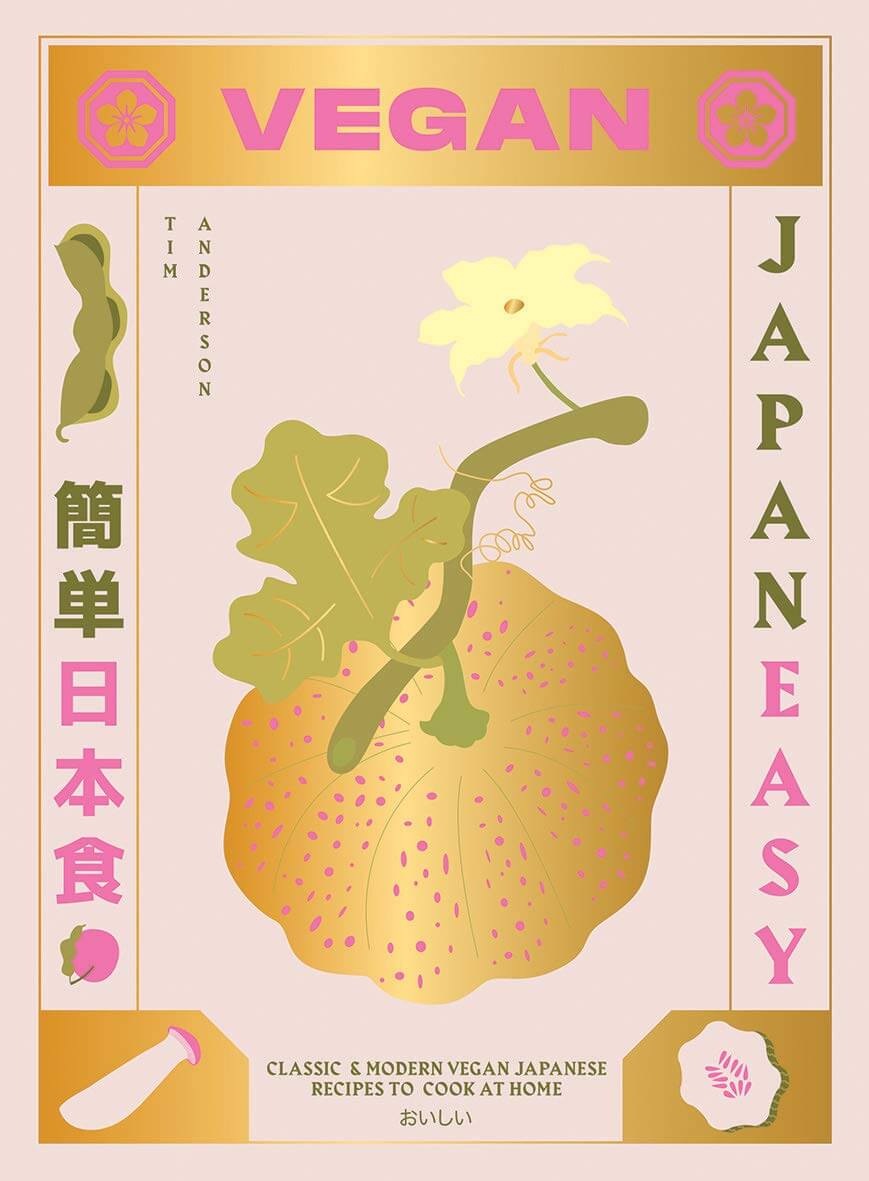
© Hardie Grant
TRENDING
-
The Tradition of the Black Eggs of Mount Hakone
In the volcanic valley of Owakudani, curious looking black eggs with beneficial properties are cooked in the sulphurous waters.

-
Gashadokuro, the Legend of the Starving Skeleton
This mythical creature, with a thirst for blood and revenge, has been a fearsome presence in Japanese popular culture for centuries.

-
The Tattoos that Marked the Criminals of the Edo Period
Traditional tattoos were strong signifiers; murderers had head tattoos, while theft might result in an arm tattoo.

-
Colour Photos of Yakuza Tattoos from the Meiji Period
19th-century photographs have captured the usually hidden tattoos that covered the bodies of the members of Japanese organised crime gangs.

-
‘YUGEN’ at Art Fair Tokyo: Illumination through Obscurity
In this exhibition curated by Tara Londi, eight international artists gave their rendition of the fundamental Japanese aesthetic concept.

